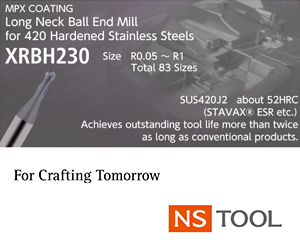 The U.S. Environmental Protection Agency (EPA) announced that certain copper alloys provide effective long-term protection against viruses, including SARS-CoV-2, which causes COVID-19.
The U.S. Environmental Protection Agency (EPA) announced that certain copper alloys provide effective long-term protection against viruses, including SARS-CoV-2, which causes COVID-19.
The EPA's approval makes these alloys the first and only products to be registered for nationwide use with residual, long-lasting efficacy claims against viruses. This EPA action granted an amended registration to the Copper Development Association (CDA), allowing CDA to add unprecedented virucidal claims to its existing registration which currently permits claims against bacteria, including the antibiotic-resistant hospital superbug MRSA.
"The EPA's action enables the broad-spectrum and enduring public health benefits of copper alloys to be deployed in the fight against COVID-19 and future viral pathogens," said Thom Passek, president of the CDA. "We are grateful for EPA’s forethought and proactive support to bring this innovative and scientifically-proven solution to the table."
To earn this registration, CDA provided extensive data on harder-to-kill viruses demonstrating long-lasting virucidal efficacy. Results showed that certain copper alloys continuously kill >99.9% of several viruses, including SARS-CoV-2 and Rhinovirus, within 2 hours of contact.
According to the EPA, “After rigorous testing and evaluation, the U.S. Environmental Protection Agency registered copper alloys as antimicrobial public health materials. Frequently touched surfaces made from uncoated EPA-registered copper alloy materials continuously kill bacteria* within two hours of contact when cleaned regularly.
Products made from copper alloys can form a wide range of durable surfaces, including doorknobs, handrails, desktops and much more. The alloys are the first and only products to be included on the EPA's List N Appendix, which contains virucidal products with residual, 24/7 effectiveness as opposed to conventional disinfectants that only work upon application.
Copper alloy surfaces are a supplement to, and not a substitute for, standard infection control practices, including the need to follow public health guidelines and critical precautions, such as mask wearing, social distancing and ventilation.
Contact Details
Related Glossary Terms
- alloys
alloys
Substances having metallic properties and being composed of two or more chemical elements of which at least one is a metal.
- copper alloys
copper alloys
Copper containing specified quantities of alloying elements added to obtain the necessary mechanical and physical properties. The most common copper alloys are divided into six groups, and each group contains one of the following major alloying elements: brasses—major alloying element is zinc; phosphor bronzes—major alloying element is tin; aluminum bronzes—major alloying element is aluminum; silicon bronzes—major alloying element is silicon; copper-nickels and nickel-silvers—major alloying element is nickel; and dilute-copper or high-copper alloys, which contain small amounts of various elements such as beryllium, cadmium, chromium or iron.








